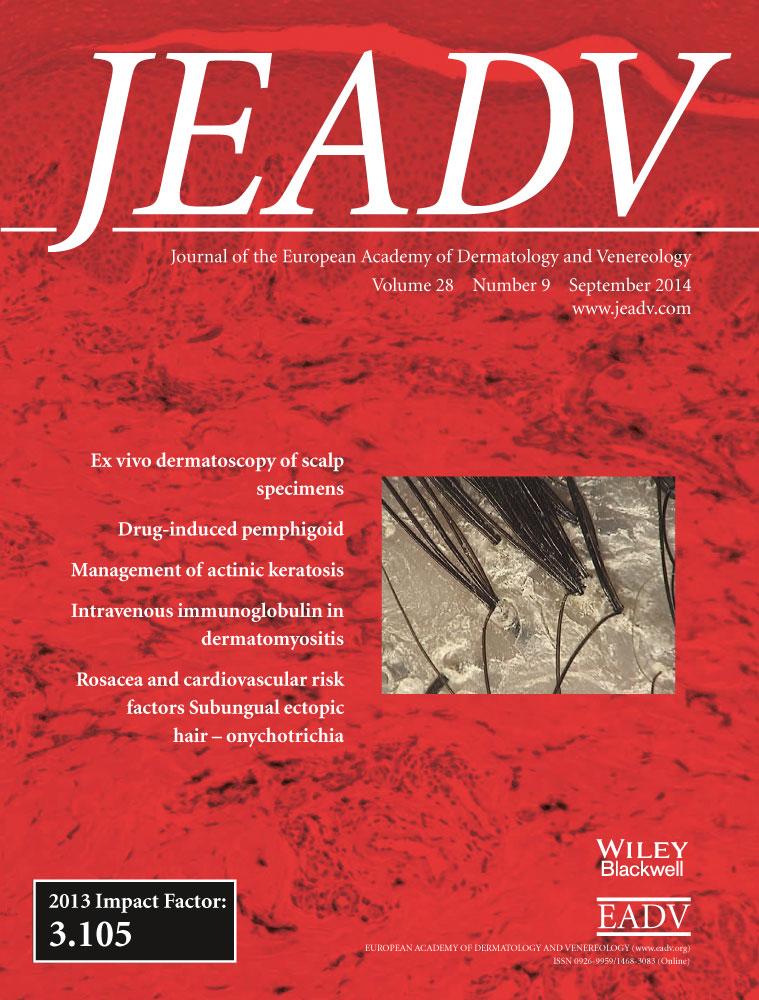Trichoscopy in Paediatric Patients with Tinea Capitis: A Useful Method to Differentiate from Alopecia Areata
Conflicts of interest
None declared.Funding sources
None declared.Abstract
Objectives
Trichoscopy (hair and scalp dermatoscopy) facilitates the diagnosis of hair and scalp disorders. The aim of our study was to identify the trichoscopic features in diagnosis of tinea capitis (TC) and to compare these findings with alopecia areata (AA).
Materials and Methods
Our study included 15 children with TC and 10 children with AA as a control group. Affected areas of the scalp on all the cases were analysed under a magnification of 20X and 40X by a digital dermatoscope (MoleMax II).
Results
Broken and dystrophic hairs were found in dermatological examination of all the patients with TC. In addition, corkscrew hairs, comma hairs and black dots were observed respectively. Yellow dots, exclamation mark hairs and vellus hair were observed in patients with AA.
Conclusions
Broken and dystrophic hairs, corkscrew hairs, comma hairs and black dots were observed only in patients with TC; yellow dots, exclamation mark hairs and vellus hairs were observed only in patients with alopesi areata. Further studies with larger numbers of patients are needed to determine specific trichoscopic findings of TC and to access differential diagnosis.




